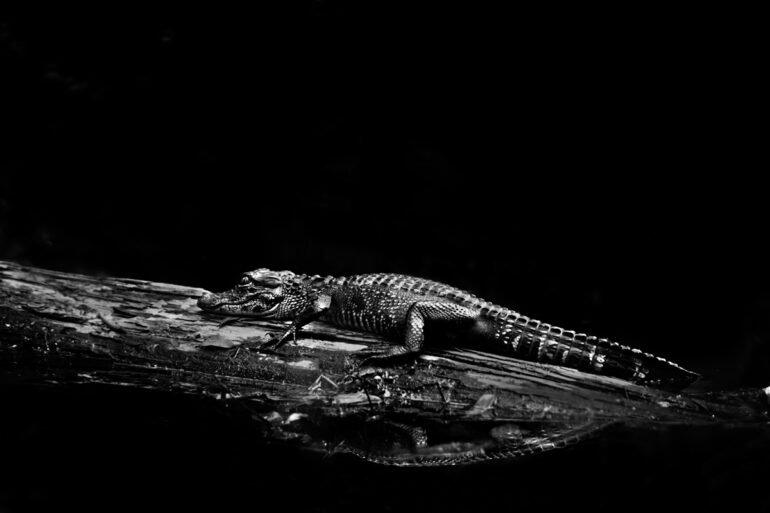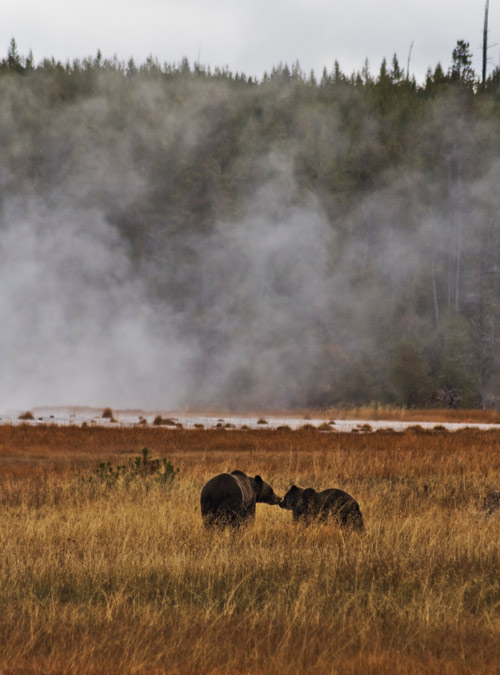We may earn a commission when you purchase through affiliate links. Learn more.
An interesting subject is needed for any kind of photography, but even the most interesting wild animal won’t make for a good photo if your composition isn’t any good. These composition tips below are a good starting point to think about when you’re out in nature, but be sure to experiment with multiple techniques and compositions. Above all, train yourself to thoroughly analyze a scene, taking everything you see into consideration when composing your shot. For an even deeper look at the essentials of wildlife photography, be sure to take a look at our recommendations on the best wildlife photography books.
1. Focus on the Color & Light
Light is at the heart of every photo, but it’s easy to overlook when you’re focused on capturing an exciting scene in front of you. Take a moment to evaluate the angle and intensity of light and how it interacts with your subject. Note things like shadow and highlights and how you can use the available light to create a better image.
With our attention focused on the wildlife, it’s easy to forget to think about the colors in a scene too. Just as physical elements look better in different areas of the frame, think about color in a tangible way as well. Sometimes changing your background color and composition is all about shifting your position just a few feet to get a better perspective. Depth of field and color can go hand in hand as well; be conscious of how your aperture settings will render the background behind the animal.
2. Include Action and Give Context
Wildlife photography is all about storytelling — you want to create images that make your audience feel like they’re right there with you, watching the action unfold.
Adding some context to your scene can really help to improve your wildlife photos. Imagine that you see a wolf approaching a fresh kill — instead of filling your frame with just the wolf’s face, you might try zooming out to include both the wolf and the kill, giving the image more of a plot. A wolf is interesting — a wolf getting ready to feed is even more interesting!
3. Avoid Distracting Backgrounds
When positioning yourself to photograph wildlife, be aware of the background. If there’s a car or building behind your subject, try to figure out if you can shoot from another angle to avoid these distracting human elements.
While many photographers edit their photos to remove elements they don’t like after they’ve taken it, it’s always easier to get it right in camera whenever you can. Even an urban setting can appear as wild as a national park if you compose your shot carefully and avoid capturing any human elements in the scene. Using your lens wide open can also help to minimize background distractions with a shallow depth of field, but it can also make getting sharp focus on your subject tricky, especially if the wildlife is on the move.

4. Keep Things Simple
In the same vein as the tip above, keeping your composition relatively simple will help to minimize distractions. While the most obvious way to keep your shots simple is to compose photos to avoid including lots of distracting elements by changing where you’re standing or your physical perspective, you can also keep things simple by changing your camera’s exposure settings as well, particularly your aperture settings.
Using a wide open aperture when photographing wildlife can make it difficult to obtain sharp focus, especially if the animal is moving, but for those times when ensuring crisp focus isn’t an issue using a wide aperture can help ensure a shallow depth of field, reducing distracting elements in the foreground and background to soft, gentle blurs that add to the aesthetics of an image rather than distract.

5. Place the Wildlife in your Scene with Intent
A guideline for visual artists, the Rule of Thirds divides a photo into nine equal parts with two equally spaced vertical lines and two equally spaced horizontal lines. Following the rule of thirds, to create a visually appealing photograph, your subject should be located along these lines or where they intersect. While it might seem natural to place your subject front and center in the middle of the frame, placing the subject off-center tends to make for a more visually appealing photo. While it’s referred to as a rule, it’s more of a loose guideline — even if you choose to disregard the rule of thirds for a photo, always be conscious of where you’re placing all of the elements of your photo in the frame.
If your subject is on the move, compose your shot to give it some room to continue on it’s journey through the scene. People are generally predisposed to prefer images where the subject has more room in front of the direction they’re looking/heading. Like virtually all photography “rules”, this isn’t set in stone, but it’s usually a good guideline to follow!
Enjoyed these wildlife photography composition tips? Share them on Pinterest!



